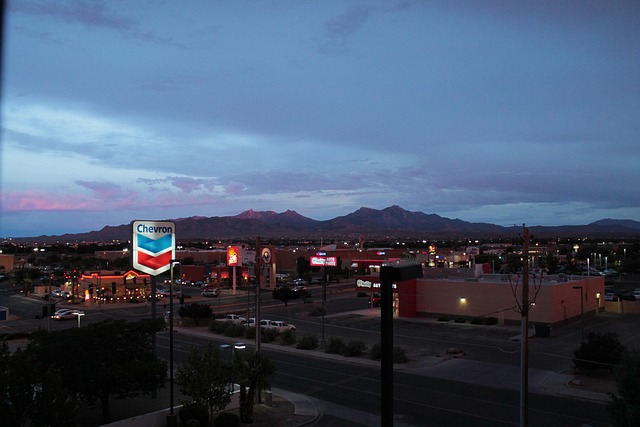Small towns are successfully integrating commerce through strategic land development and thoughtful urban planning, leveraging real estate as a driver for economic growth while preserving their warm and welcoming atmosphere. This blend attracts businesses and enhances local economies through strong community bonds and available opportunities. Developers must balance growth with local charm by adopting sustainable practices, energy-efficient designs, and prioritizing open spaces to maintain the unique character of these communities.
In the dynamic landscape of commerce, small towns are experiencing a renaissance. The role of real estate in this transformation is pivotal, as strategic development fuels thriving businesses and fosters community. This article explores how small-town friendliness attracts enterprises, while delving into strategies for balancing growth with preserving local charm. By examining trends in real estate, we uncover innovative ways to cultivate vibrant communities that maintain their unique character.
The Role of Real Estate in Small Towns: Building a Thriving Commerce

Small towns, known for their warm and welcoming atmosphere, are witnessing a significant shift as they embrace growing commerce while preserving their unique charm. Real estate plays a pivotal role in this transformation, offering opportunities for businesses to thrive and communities to flourish. Strategic land development and thoughtful urban planning have become essential tools to accommodate the expanding commercial landscape.
By leveraging the potential of prime locations and implementing innovative design concepts, real estate professionals are creating vibrant hubs that attract both local residents and visitors. These efforts ensure that small towns can support a diverse range of businesses, from local boutiques and cafes to regional distribution centers. The harmonious blend of commerce and small-town friendliness fosters economic growth while maintaining the intimate and close-knit community feel that makes these places so desirable.
Cultivating Community: How Small-Town Friendliness Attracts Businesses

Small-town friendliness plays a significant role in fostering economic growth and attracting businesses. The sense of community and strong local connections can be a powerful incentive for entrepreneurs to set up shop. When potential business owners consider relocating or expanding, the social atmosphere and available real estate opportunities in small towns often take center stage as key factors.
Warm neighborhoods and welcoming residents create an ideal environment for businesses to thrive. This sense of belonging encourages collaboration, word-of-mouth marketing, and a loyal customer base. As a result, small towns with strong community bonds find it easier to draw in new enterprises, which can further stimulate local economies and provide more job opportunities for the area’s residents.
Strategies for Balancing Growth and Preserving Local Charm in Real Estate Development

As small towns experience growing commerce, balancing real estate development with preserving local charm is essential. Developers must adopt strategies that integrate into the existing community fabric rather than imposing foreign elements. One approach involves consulting with local stakeholders—residents, business owners, and historical societies—to understand the town’s unique character and identify areas suitable for growth while avoiding sacred or culturally significant sites.
Incorporating sustainable practices and design principles that complement the natural landscape can also help maintain the town’s charm. This includes adopting energy-efficient building designs, utilizing native vegetation, and prioritizing open spaces to foster a sense of community and connection to nature. By prioritizing these strategies, real estate development can contribute to economic growth while preserving the small-town friendliness that makes these communities unique and desirable places to live.






